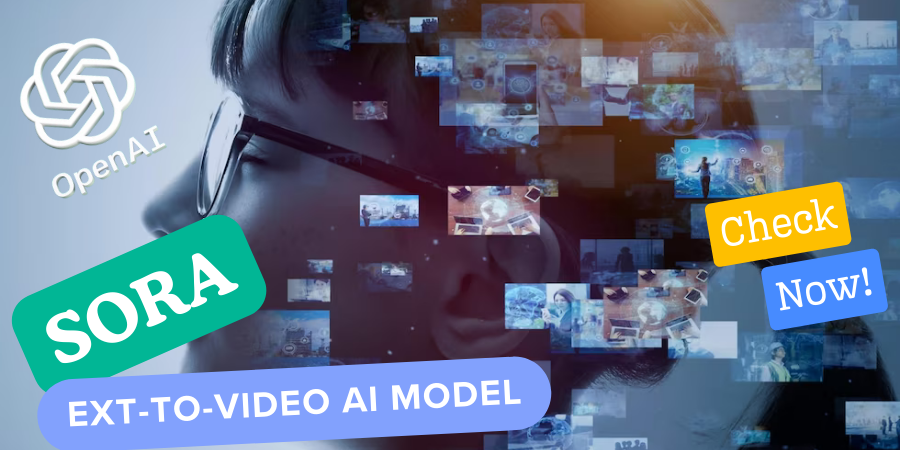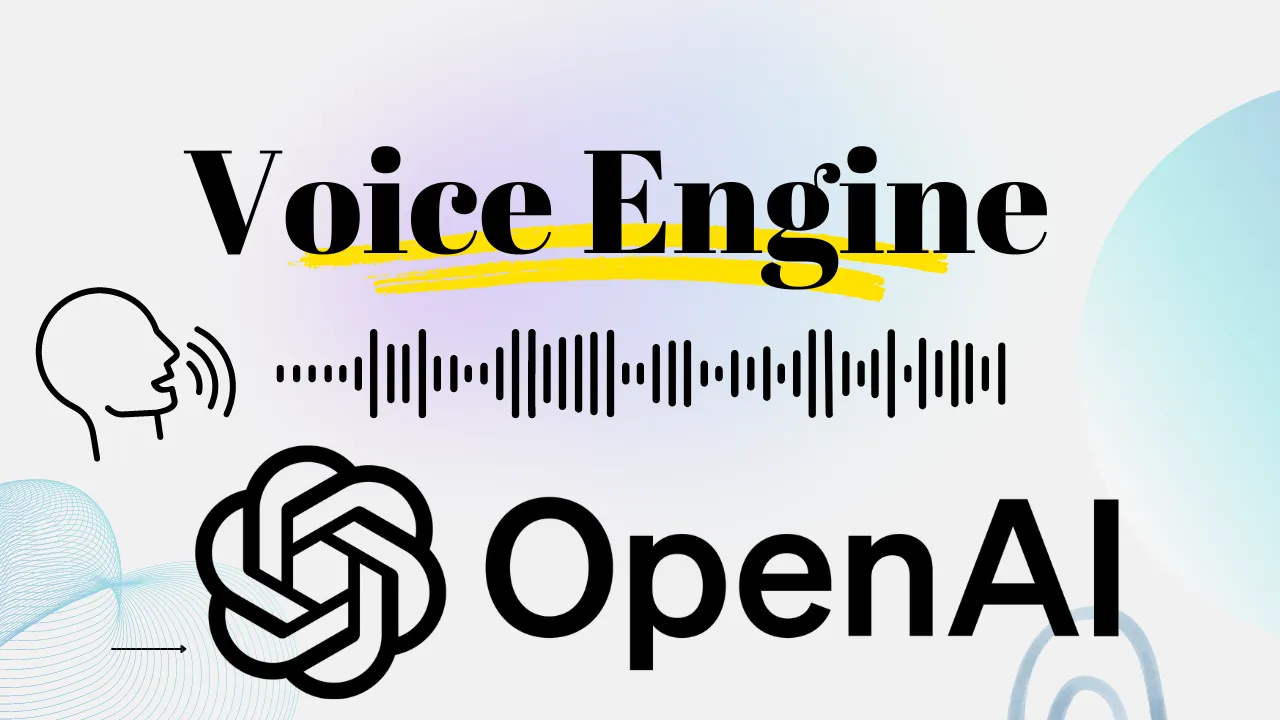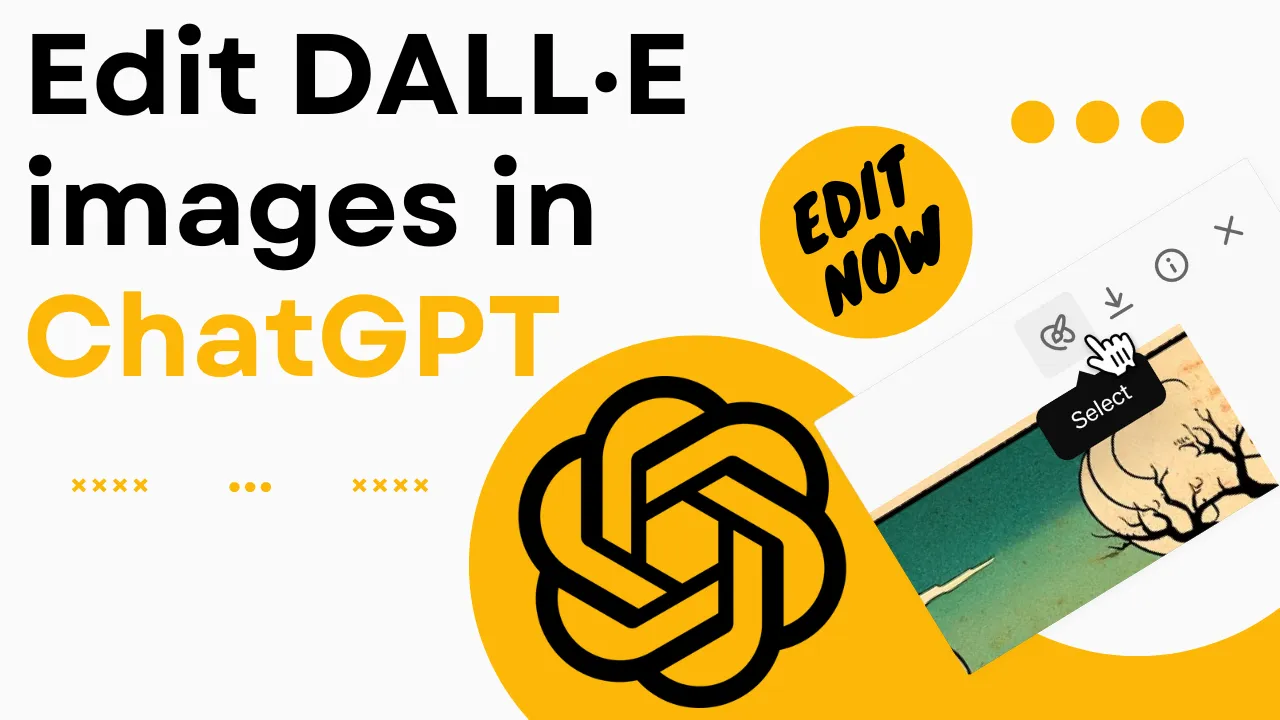OpenAI, the leading artificial intelligence research organization, has unveiled its newest AI creation – Sora. Sora is a revolutionary text-to-video model that can generate minute-long videos from textual prompts with impressive visual quality.
Understanding and Simulating the Physical World
The key innovation behind Sora is teaching AI systems to deeply understand natural languages so they can translate text into highly complex and accurate video scenes. OpenAI aims to train AI that can simulate the real, physical world including motion and interaction. Mastering this could be a vital step towards artificial general intelligence.
Sora demonstrates intricate scene creation abilities – generating videos with multiple characters, specific motions, and accurate background details described in prompts. It maintains character identities, appearances, emotions and environmental consistency even across multiple generated video shots. This showcases advanced language interpretation and visual generation.
Key Model Capabilities
Sora introduces remarkable new benchmarks in AI-generated video:
- Minute-long videos with continuity and coherency
- Multiple distinct generated shots showing the same characters/style
- Complex multi-character scenes exhibiting fine details
- Dynamic motions and actions based on textual cues
- Emotive characters displaying appropriate reactions
This showcases robust capabilities in visual quality, prompt adherence, and understanding of causal relationships and physics. Sora builds on top of past innovations like DALL-E for generative art.
Current Limitations
However, Sora still faces limitations in accurately simulating intricate physical interactions over time. For example, it may overlook cause-effect relationships – failing to show bite marks in a cookie after a bite. The post also highlighted struggling with left/right spatial awareness in prompts and precise camera movements over time.
OpenAI acknowledges the need for improvement – but Sora represents profound progress in text-to-video AI with real-world applications.
Deployment and Safety Efforts
Mindful of potential misuse, OpenAI is proactively addressing safety before fully launching Sora. Red team testers are adversarial testing for harms – assessing areas like misinformation and bias. OpenAI is also equipping Sora with metadata and classifiers to detect fake videos.
Additionally, safety measures established for DALL-E limiting inappropriate content will extend to Sora too. This combines policy-adhering text analysis with rigorous video frame screening – rejecting violations pre-generation.
OpenAI expresses its intent to collaborate closely with global experts in implementing Sora responsibly following its launch. Despite best prevention efforts, however, beneficial and harmful applications may still emerge over time.
Technical Details
Sora utilizes diffusion models beginning with noise and gradually transforming into videos. Architecturally, transformers enable training across diverse resolutions and durations in a unified representation. The reception technique from DALL-E also boosts descriptive captions to improve instruction following.
Beyond text-to-video, Sora can animate still images, extend existing videos, and fill missing frames – showcasing multi-modal applications. Fundamentally, it lays the groundwork for physics and world-simulation-based artificial general intelligence according to OpenAI.
Conclusion
Sora spearheads a monumental evolution in AI video generation technology and multimodal intelligence. While improvements in coherent long-form generation and simulation are still needed, it displays unprecedented mastery already over complex video creation from text.
Moving forward, responsible testing and oversight will be critical as OpenAI marches towards mimicking the real world. Despite certain limitations, Sora’s launch represents a watershed moment and we eagerly await future upgrades as this AI progresses.




